|
Preschoolers (and younger Primary School children) love singing to movements. I invented this Preschool Nativity Play Song to act out the Nativity so as to learn not only the story but also a lot of vocabulary as well. We usually do it altogether, assigning just the main roles to a few but everyone else joining in at the same time. The more dramatic the movements, the more meaningful and fun: father’s long long beard reaches the ground (pulling it from our chins), we put our hands up on our heads to imitate the donkey’s long long ears, and so on … Depending on the size of the group we sometimes improvise costumes as well, or one of the bigger children as a donkey – we often make crowns for the Wise Men and a few ‘presents’ before starting the song. Anything to make it fun and memorable. I am posting it well ahead of time because some teachers like to do it as a one-off activity whilst others like to practise it for an upcoming Christmas show. Either way, you can download the NATIVITY SONG and suggested tune in the audio below. Hope the children enjoy it! Susan
32 Comments
GETTING STUDENTS INVOLVED IN LESSON PREPARATION will make the CONTENTS MORE MEMORABLE... Previous to the digital era I had dedicated many days to preparing a large set of Happy Families cards based on vocabulary sets: cutting out pictures from magazines, writing in beautiful handwriting in different colours, covering the cards back and front with transparent sticky film - no laminating in those days. After much fun play in class, my bag of carefully homemade teaching resources was stolen from my car together with my old school uniform, I kept to show my students. So I lost all motivation to create a new set. Recently, however, I felt the need for that very useful game and realized that in the digital age it would be much easier to recreate. I suddenly realized how well it would also work with verbs and am now in the process of making a pack of cards for verbs and another for vocabulary which I shall share in due course. Not having any cards ready, yesterday I decided to involve my preschool group in creating three simple sets and explaining the rules at the same time. THE GAME WAS A HUGE SUCCESS because, HAVING PARTICIPATED IN ITS CREATION, it was EASIER TO REMEMBER THE VOCABULARY and WORDS. As a result I have decided I will involve my younger children in lesson preparation more often in order to make learning more memorable for them. For those who don’t know how to play HAPPY FAMILIES:
You can download the game below. I shall share the new ones I make in due course (more elaborate including tense changes). Hope you have fun with it! Susan P.S. Someone rightly noticed that I wrote 'do' climbing instead of 'go'. This was because the little girl who suggested it to me 'does' climbing on a wall in a local gym and on the spur of the moment I considered it equivalent to what gymnasts 'do'. I will make sure I put it with 'go' on the new cards I make because it is effectively and outdoor sport.
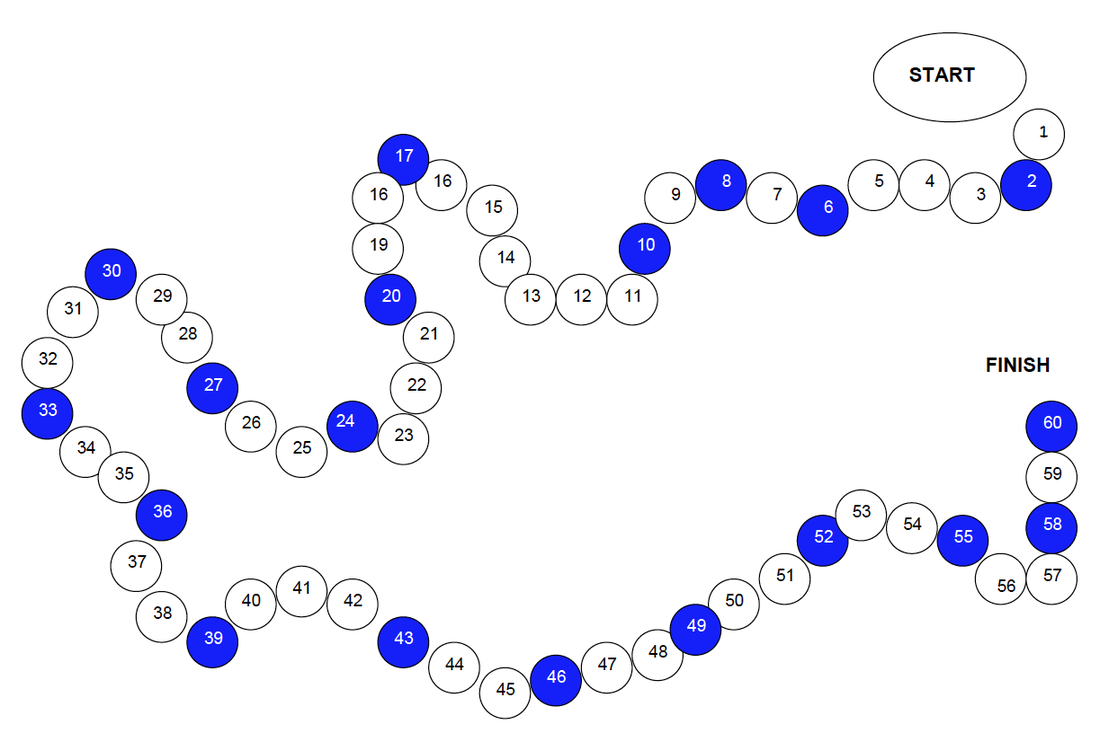 The PRESENT SIMPLE contrasted with the PRESENT CONTINUOUS can be practiced easily with a fun game of ludo. I find that it is a recurrent problem which needs lots of practice. I usually draw a winding ludo board on the blackboard but you can also project the gameboard I have to download on the IWB or else even print a copy for a group of students to play on. I like to first revise the grammatical differences before dividing the class into two teams and getting them to throw the dice. Each team in turn answers the question according to the number they land on (having previously handed out the photocopied questions to them). If they answer correctly they can stay on the square where they just landed. If they make a mistake they go back to the previous square they were on. The first team to reach the FINISH is obviously the winner. The game is not at all as easy as it seems and sometimes two answers could be possible depending on interpretation. However, due to its challenging nature it is fun as well as being effective. You can download the game below. Hope you have fun with it! Susan P.S. I forgot to mention that because there are only 55 questions but 60 balls on the board, you then restart from the beginning and number 56 is equivalent to question 1, 57 = question 2, 58 = question 3, 59 = question 4 and 60 = question 5. This is to repeat the trickier questions at the beginning which sometimes lead students to give the wrong answer. The blue balls can be used or not - as you please. You could allow those landing on a blue ball to throw the dice again for example.
|
Categories
All
Would you like regular English learning & teaching ideas? Subscribe to my blog so you don't miss a post!
AuthorMy name is Susan Brodar, born in London into a multilingual family and brought up bilingual English / Italian. Archives
December 2018
|
||||||||||||||||||||||||||||||||||||||||||||||

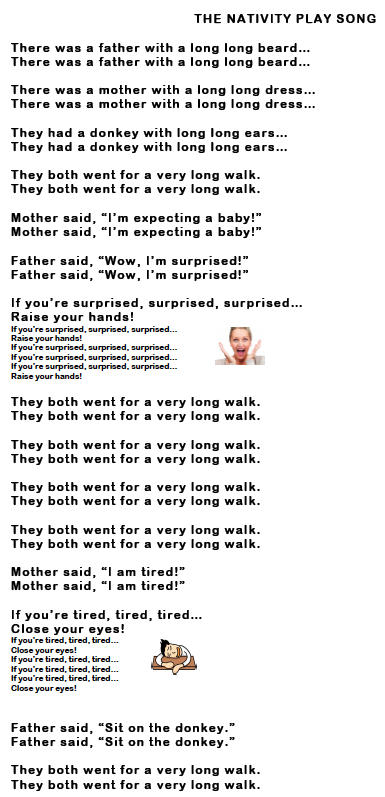
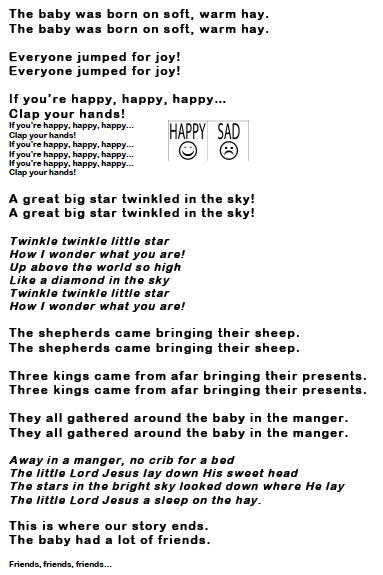
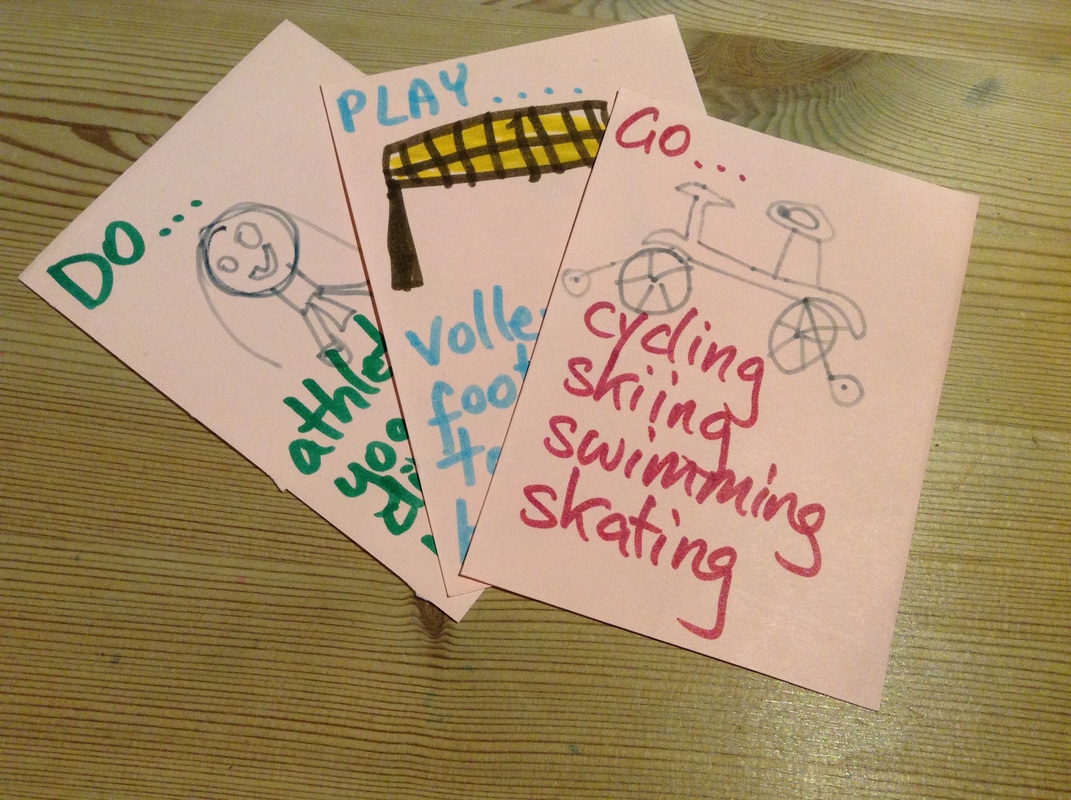
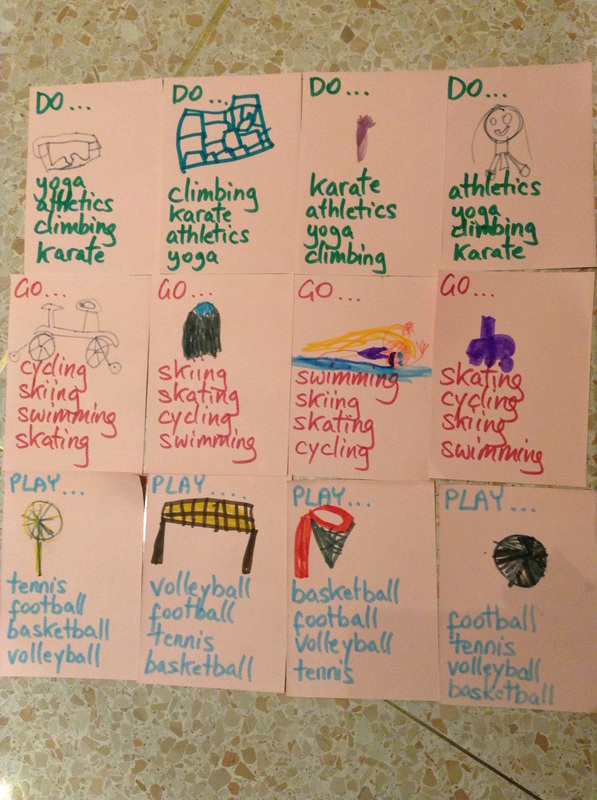
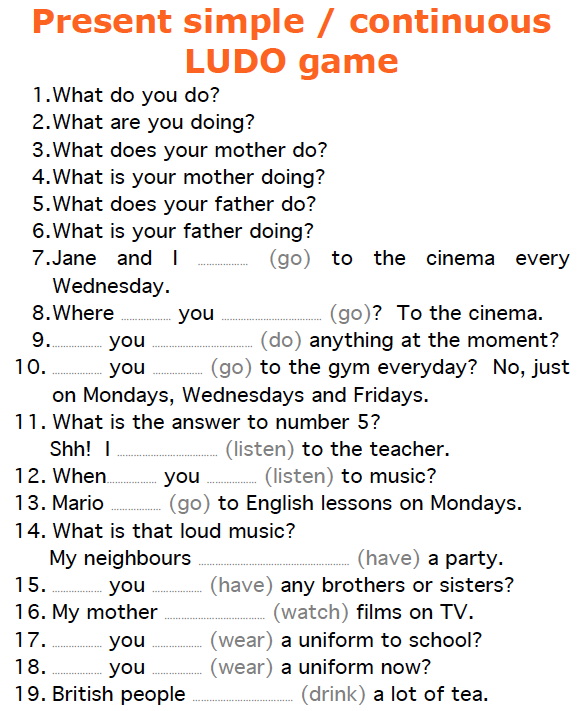



 RSS Feed
RSS Feed





